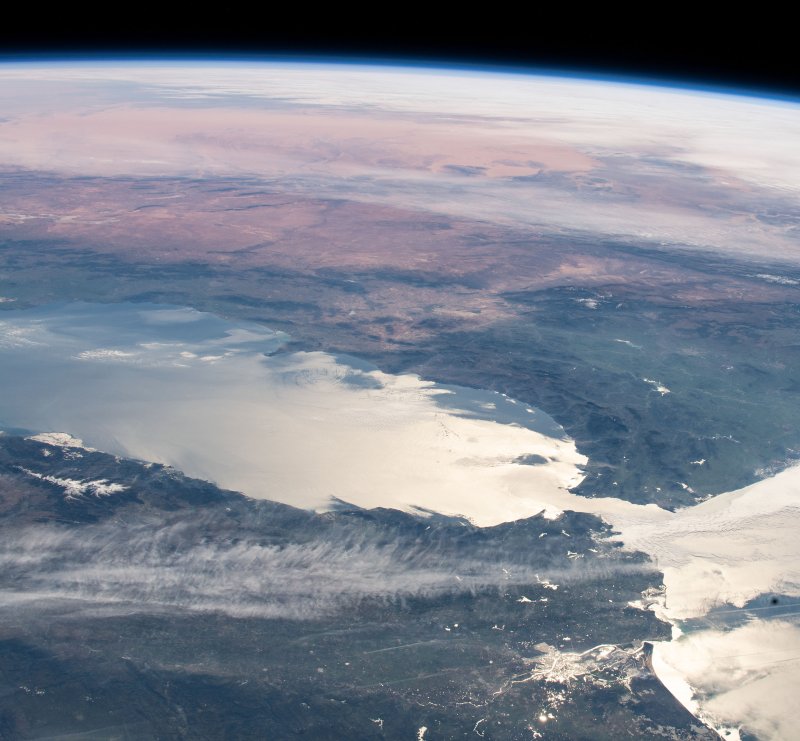
Ozone layer collapse preceded mass extinction 360 million years ago
by Brooks HaysMay 27 (UPI) -- Until now, scientists weren't sure caused the Late Devonian extinction, one of five major extinction events in Earth's history.
But new research -- published Wednesday in the journal Science Advances -- suggests a combination of global warming and the collapse of the ozone layer preceded the mass terrestrial die-off that occurred 360 million years ago.
The extinction event that killed the dinosaurs is the only die-off caused by an asteroid. At least two were caused by some combination of volcanic activity and ozone destruction. But the cause of the Devonian-Carboniferous extinction remained a mystery.
"There has always been the view that continental scale volcanic eruptions at the End Permian Great Dying and the Triassic/Jurassic mass extinction caused ozone damage," John Marshall, professor of earth sciences at the University of Southampton in Britain, told UPI in an email. "There are malformed pollen/spores through both these extinctions."
"What is different here is that there is no vast eruption at the D-C boundary," Marshall said. "We have shown this by the absence of mercury."
When Marshall and his research partners conducted a survey of ancient plant spores trapped in the sediment layers of lakes in Greenland and Bolivia, they found evidence of genetic damage caused by ultraviolet radiation.
"In the rocks in Greenland nearly all of the spores with spines are malformed," Marshall said. "The [percentage] of this malformation increases progressively into the center of the lake bed. As it gets warmer there is more malformation."
"Experimental work has been done that shows modern pollen malform if you subject them to UV light," Marshall said.
Researchers already knew that the Late Devonian extinction event was preceded by a period of warming, which followed a prolonged ice age. They were surprised to find that the global warming corresponded with a breakdown of the ozone layer and an increase in UV radiation.
The ozone layer exists in a constant state of flux. The latest findings confirm that large volcanic eruptions aren't needed to trigger the momentary but compete depletion of the layer.
Scientists suspect the period of global warming at the end of the Devonian period pushed ozone-eating chemicals higher into the atmosphere, depleting the layer that normally protects Earth's surface and its living residents from the sun's most damaging rays.
The disruptive effects of global warming and ozone depletion created a negative feedback loop that spelled doom for many of the planet's terrestrial species.
"Ozone eating chemicals are a metabolic byproduct of many living algae, fungi and land plants," Marshall said. "Start the process, strip off the forests and the nutrients flush to the sea. This will produce more ozone eating chemicals. Positive feedback."
Marshall and his colleagues suggest a similar breakdown could result from human-caused global warming. As the atmosphere gets warmer, ozone-eating chemicals could once again get pushed into the upper layers of the atmosphere.
"As our climate warms rapidly, the same process may happen," Marshall said. "We are not in a Devonian world but the key is rapid warming. It's a warning from Deep Time."